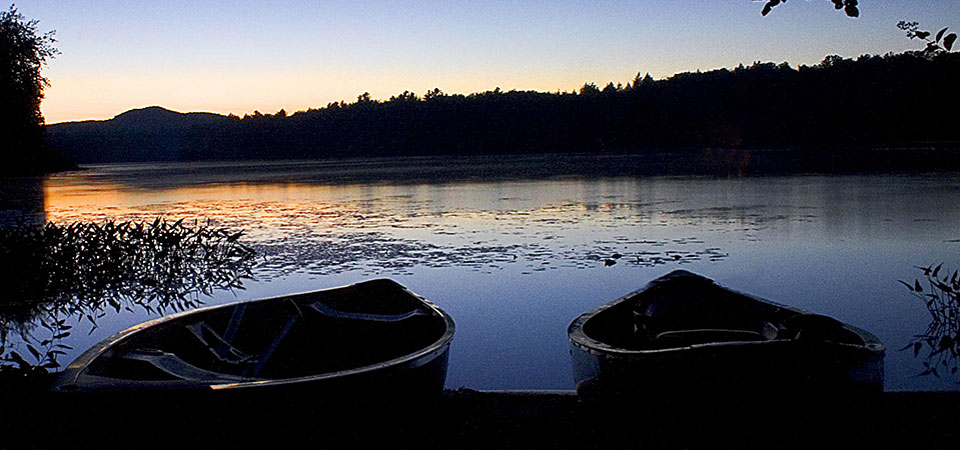Coastal Blue Carbon
Ocean Shorts: Episode 6

Do Not Disturb
Coastal salt marshes, mangroves, and seagrass beds are incredibly efficient at absorbing and storing large quantities of the greenhouse gas carbon dioxide from the atmosphere. These habitats contain large stores of carbon accumulated over hundreds to thousands of years. But if we disturb or destroy these coastal areas, enormous amounts of carbon stored in the soil are released back to the atmosphere, contributing to climate change.
Listen:
Healthy coastal habitat is not only important for seafood and recreation, it also plays an important role in reducing climate change. In this podcast, we talk with NOAA environmental scientist Ariana Sutton-Grier about Coastal Blue Carbon. This interview is excerpted from a May 2014 episode of our Making Waves podcast.
Transcript
You’re listening to Ocean Shorts. I’m Troy Kitch. Today, we’re going to hear about carbon sinks and climate change — specifically coastal blue carbon — that’s the carbon that’s stored up in coastal mangroves, sea grasses, and salt marshes. Joining us is NOAA ecosystem ecologist and biogeochemist Dr. Ariana Sutton-Grier:
[Ariana Sutton-Grier] "So a carbon sink is a mechanism by which carbon in the atmosphere is removed from the atmosphere for a long period of time. Decades, if not hundreds, or thousands, or millions of years. So there are efforts to build or create human engineered carbon sinks, but these have really not been so successful so far. It's very challenging to do this. So the most effective carbon sinks on the planet right now are the natural sinks."
[Ariana Sutton-Grier] "Forests are good natural carbon sinks. Trees take up carbon from the atmosphere, they photosynthesize, they store that carbon, and they turn it into wood. But forests are not the only ecosystems that store a lot of carbon. In fact, coastal ecosystems — and here I'm thinking mainly of mangroves, salt marshes, and sea grasses — they take up and store large amounts of carbon as well. And I think one of the reasons that these coastal ecosystems are just now being recognized as important carbon sinks is because most of the carbon in these ecosystems is stored below ground in the soils. So it's not in the biomass of the trees the way it is in a forest, where we can see that carbon. In these coastal systems, it's almost entirely below ground where we can't see it. These soil under these coastal ecosystems tend to be several meters deep and they often store carbon that is decades if not thousands of years old."
And that's coastal blue carbon. And coastal blue carbon ecosystems are places that Ariana and many others at NOAA — along with many other groups — are trying to conserve and protect.
[Ariana Sutton-Grier] "So when I say 'blue carbon,' it's called blue because I'm talking about the fraction of carbon that is taken up and stored in ocean and coastal ecosystems. So this is in comparison to green and black carbon. Green carbon is the carbon that is taken up by terrestrial ecosystems, so ecosystems on land. Black carbon is the carbon that's released in the production and burning of fossil fuels, such as coal, oil, and gas. That produces black carbon. So NOAA's efforts have really focused on blue carbon, but not just all of blue carbon, really the coastal fraction of blue carbon — and that's the part that's taken up and stored in mangroves, sea grasses, and salt marshes."
So it's not just that these coastal blue carbon ecosystems are lesser known than, say, rainforests when it comes to serving as carbon sinks. It's that they're really, really good carbon sinks. They're great at sucking carbon from the atmosphere — a process that scientists call sequestering carbon.
[Ariana Sutton-Grier] "These coastal systems are sequestering carbon at rates ten times higher than most forested systems. And what that means is that even though they represent a much smaller fraction of the land area of the Earth, because they're really just along the fringe of the coast, and they aren't any near as large as our forested areas. But because their rates of sequestration are ten times higher, they actually represent an equivalent carbon sink annually to our forested systems on the planet. They're also incredibly efficient. You protect a small amount of land area when it's these coastal habitats and you get a very impressive natural carbon sink. When you add to that story the fact that they're already storing usually hundreds or thousands of years worth of carbon in their soils, so that if we do disturb them, we get an enormous amount of carbon that contributes to climate change. That just makes the story that much more impressive that protecting or restoring these systems where possible is a really effective climate mitigation opportunity."
That was Ariana Sutton-Grier, a scientist with NOAA's coastal blue carbon effort.
And this is Ocean Shorts from NOAA's National Ocean Service. Thanks for listening. Send us feedback at nos.info@noaa.gov. And visit us at oceanservice.noaa.gov.

Ocean Shorts brings you the best of our Diving Deeper and Making Waves podcasts.
Subscribe to Feed | Subscribe in iTunes